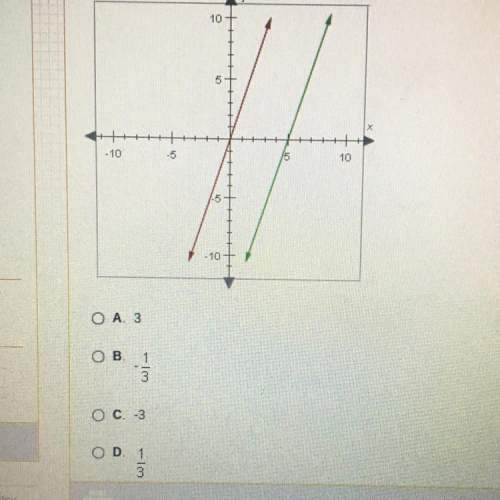
Mathematics, 09.10.2019 17:30 dondre54
The p-value was slightly above conventional threshold, but was described as "rapidly approaching significance" (i. e., p =.06). an independent samples t test was used to determine whether student satisfaction levels in a quantitative reasoning course differed between the traditional classroom and on-line environments. the samples consisted of students in four face-to-face classes at a traditional state university (n = 65) and four online classes offered at the same university (n = 69). students reported their level of satisfaction on a fivepoint scale, with higher values indicating higher levels of satisfaction. since the study was exploratory in nature, levels of significance were relaxed to the .10 level. the test was significant t(132) = 1.8, p = .074, wherein students in the face-to-face class reported lower levels of satisfaction (m = 3.39, sd = 1.8) than did those in the online sections (m = 3.89, sd = 1.4). we therefore conclude that on average, students in online quantitative reasoning classes have higher levels of satisfaction. the results of this study are significant because they provide educators with evidence of what medium works better in producing quantitatively knowledgeable practitioners.

Answers: 2


Other questions on the subject: Mathematics

Mathematics, 21.06.2019 16:00, pringleosmond
65 8 7 4 5 6 8 4 3 2 1 9 5 6 4 2 1 6 5 1 5 1 3 2 3 5 multiply the third number in the first row by the seventh number in the third row. add this result to the fifth number in the second row. add to this total ten times the fourth number in the third row. subtract the eighth number in the first row from the result.
Answers: 3

Mathematics, 21.06.2019 16:50, danielzgame
The verbal translation for the difference of m and 7 increased by 15
Answers: 3

Mathematics, 21.06.2019 18:50, trevionc0322
Which of the following values cannot be probabilities? 0.08, 5 divided by 3, startroot 2 endroot, negative 0.59, 1, 0, 1.44, 3 divided by 5 select all the values that cannot be probabilities. a. five thirds b. 1.44 c. 1 d. startroot 2 endroot e. three fifths f. 0.08 g. 0 h. negative 0.59
Answers: 2

Mathematics, 21.06.2019 22:30, idontknow1993
What would be the reasons for lines 3 and 4? a. addition property; subtraction property b. addition property; solve c. substitution property; subtraction property d. substitution property; prove
Answers: 1
You know the right answer?
The p-value was slightly above conventional threshold, but was described as "rapidly approaching sig...
Questions in other subjects:


Social Studies, 28.01.2021 03:10


History, 28.01.2021 03:10






Social Studies, 28.01.2021 03:10




